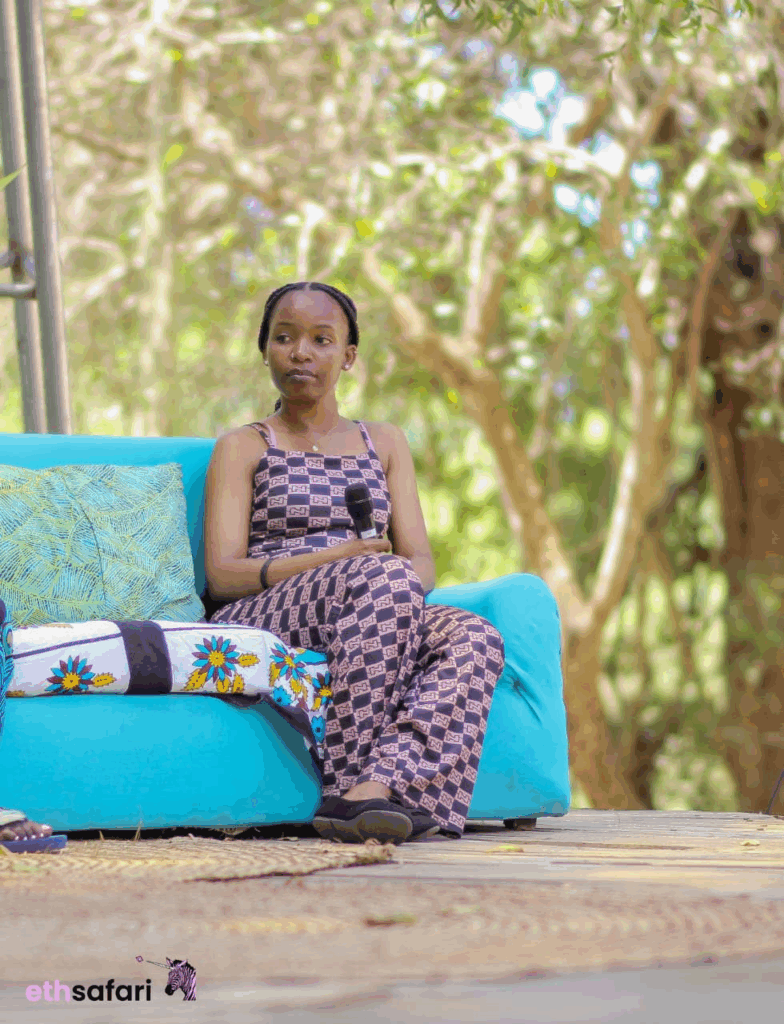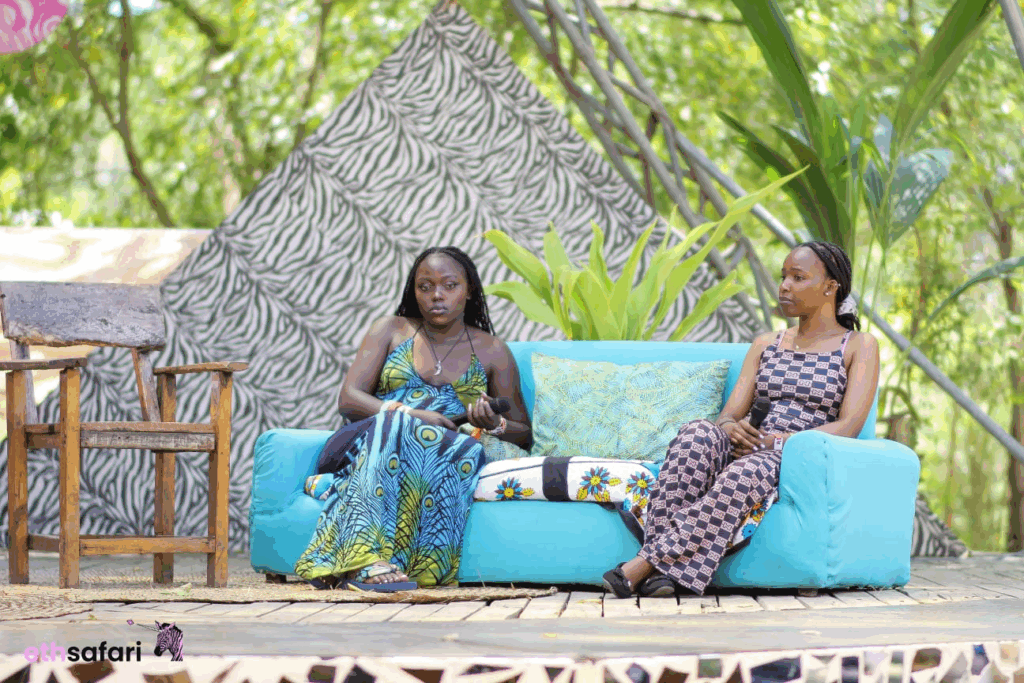
Eth Safari happened two weeks ago & I’m also tired of all the LinkedIn posts. But you’ve got to hear me out on this one. Diving deeper into the panels that shaped this year’s conversations, The Builders’ Classroom brought together some of the ecosystem’s sharpest minds to discuss one big question: how do we onboard the next billion people into Web3?
The panel featured Chelsea Akeyo, Wycliffe Osano, Chris Oketch, and Mercy Ariri. To expand on the discussion, I caught up with Mercy, whose reflections cut to the core of what it takes to grow sustainable ecosystems in Africa.
Progressive Hackathons
Hackathons spark ideas, but ideas alone aren’t enough. The missing link is post-hackathon support ; a pipeline that carries projects from ideation to user adoption to funding.
Progressive hackathons that evolve into incubation programs create a stronger channel for ideas to thrive. AyaHQ is one example of incubation helping projects break into the market.
Grassroots hackathons bring another layer of value by testing solutions with local users. In Turkana, for example, a project designed for herders would resonate far more than a generic, global-facing tool.

Meanwhile, African builders tend to face a higher bar than their global counterparts. Here, if your idea isn’t ‘disrupting the industry’, you’re pretty sure you won’t be winning that hackathon, let alone garnering any meaningful support. But in the West, even hobbyist apps like rewarding people for drinking water can attract funding. The blind expectation for groundbreaking innovation just to be considered because simple, locally relevant startups can be just as powerful.
Communities That Thrive
Shared vision matters more than ecosystem size. When people understand their “why,” communities grow together.
Base stands out as a model: passionate builders, distributed ambassadors, and personal connections that extend beyond tech.
Shoutout to ICP Hub Kenya too, it was a pioneer that carried the early technical load, and actually paved the way & showed us what ecosystems could actually do.
Micro-Grants, Macro Impact
Ecosystems should borrow from Base. Their small, progressive grants can change everything. Even a $200 USDC grant can buy WiFi, a domain, a router, or a laptop and each step will keep a builder moving forward.
Instead of waiting for one big bounty that few will ever win, consistent micro-support keeps builders motivated, visible, and building. Recognition compounds growth.

Rethinking Ecosystem Leadership
Asked what she would change if she were leading Kenya’s Web3 ecosystems, Mercy laid out a clear vision:
- Prioritize grassroots hackathons. Real adoption starts at the grassroots, where technology meets everyday needs. Local hackathons should test solutions with communities directly, not just global audiences.
- Support and upskill builders. Opportunities shouldn’t be reserved for ecosystem heads flying to international events. Everyday builders also need exposure, equipment, and training. Exposure compounds talent.
- Expand workshops nationwide. Nairobi is not the only hub. Micro-versions of major events in other parts of the country could really spread knowledge and opportunity across the country..Imagine a Kenya Blockchain Conference by the Lake in Kisumu.
- Foster inter-ecosystem collaboration. Builders should be able to adapt across chains. Cross-chain partnerships and team-building can expose gaps, create feedback loops, and strengthen adoption. The end goal is not competition, but collective progress toward Web3’s three pillars: decentralization, security, and scalability.
- Establish a Web3 baraza. An open forum where communities can give honest feedback on tech, leadership, events, and adoption. Constructive criticism would help ecosystems grow stronger together.
The Hard Limits
Even with bold reforms, Mercy recognizes some barriers remain difficult to change:
- Policy and regulation. Builders are still limited by unclear or slow-moving policies.
- Funding dependence. Many projects rely on donor benevolence, which is inconsistent and risk-driven.
- Infrastructure gaps. Internet access, power reliability, and access to quality devices remain uneven.
Even in Nairobi, outages are common. Outside the city, connectivity is worse. For many, getting a reliable laptop still requires “knowing a guy.” Most ecosystem hubs are clustered in Nairobi, leaving developers in remote regions without critical support.
A builder needs the right tools: a solid PC, reliable internet, and stable power. Give him that, and let him cook.
Against All Odds
Despite these hurdles, Kenyan developers continue to build with resilience and creativity. That determination is what gives this ecosystem its edge.

Pass by Adamur and say hi. Everything I know in Web3 started there, and it’s the reason I’ve grown so much. I’d push anyone to stop by. It’s where builders really find their wings.
Anyways, when she’s not in a panel, Mercy works as a Software developer at Adamur. She’s also a Bio Engineer and enjoys meeting founders & hearing their stories. Check her out. And tell her I said hi.






















